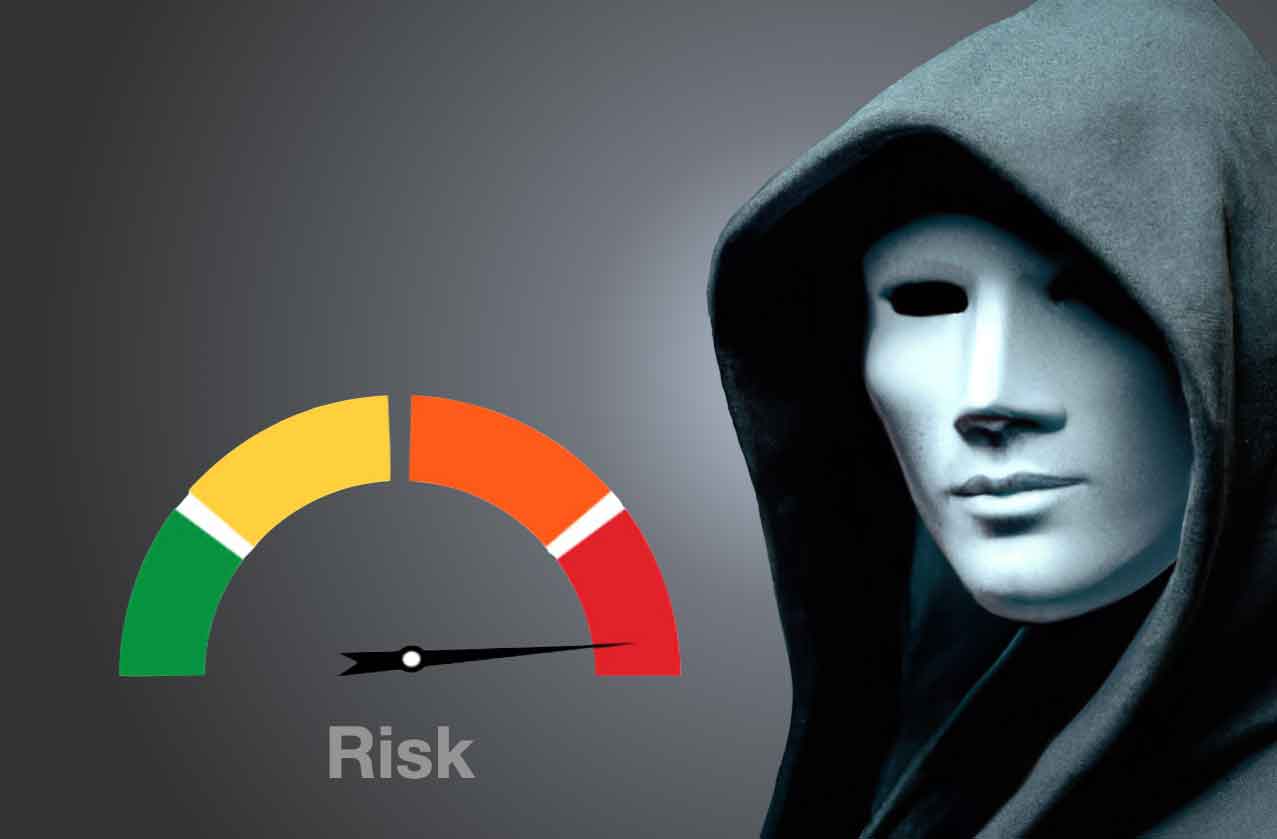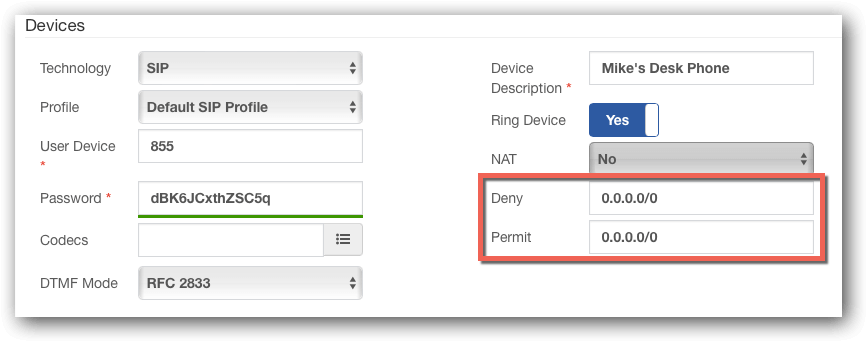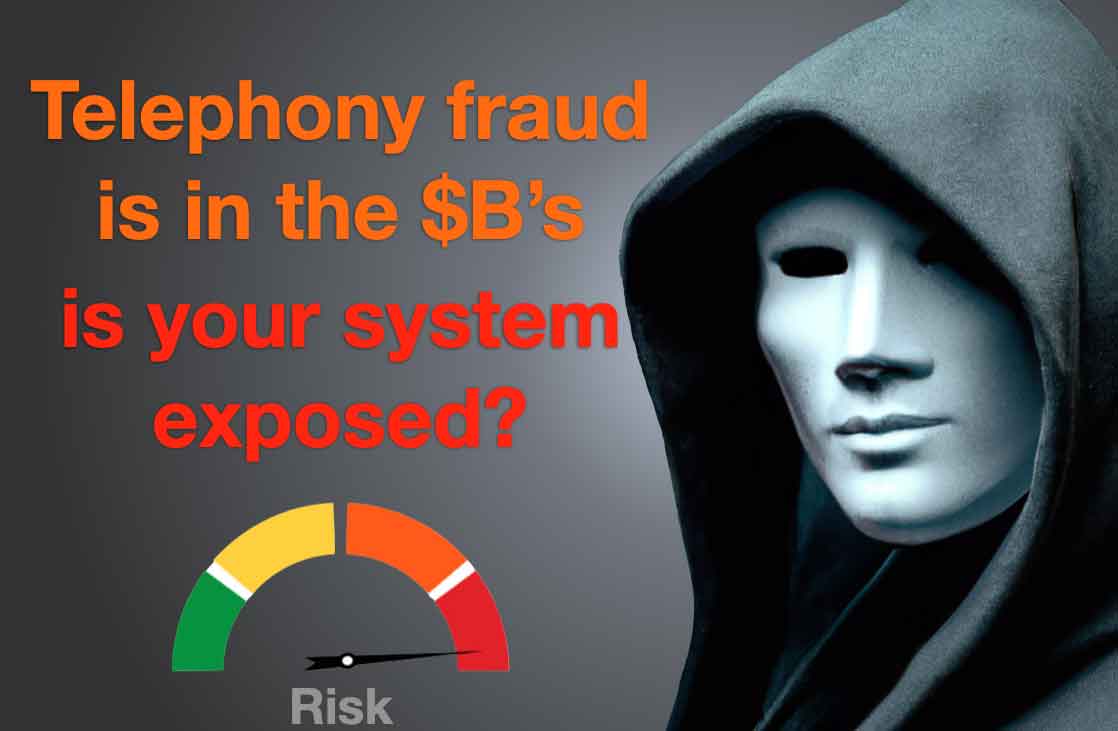IP PBX security - Xorcom security best practices
IP PBX best practices, how to secure your IP PBX explained by Xorcom, IP PBX business phone systems developer, 2022 Get an IP PBX QuoteAll Xorcom Products
VoIP Telephony Fraud and how to keep your IP PBX Protected
The article for VoIP PBX system administrators.
In 2022 Telephony fraud is as high as ever, with estimated many billions of dollars annually in damages. VoIP PBX hacking has a significant share of the total numbers of telephony fraud, with hackers illegally using vulnerable PBX systems to sell minutes to customers and other illegal exploitations of such systems.
The damage of such a hack may easily reach tens of thousands of dollars per Telephony system over a single weekend and may also result in the leaking of company-confidential information.
While such attacks are extremely common and may cause significant damage, using best practices can reduce the risk of such an event to almost zero.
Among such IP PBX security best practices (the following refers to Xorcom CompletePBX IP-PBX):
- Firewall – make sure the CompletePBX system is located behind a properly set firewall, or use the internal CompletePBX firewall (for stand-alone CompletePBX systems).
- Passwords –
- by default, CompletePBX will offer strong passwords for devices and not allow weak passwords even when created manually. While this policy can be overridden in stand-alone CompletePBX systems it is highly recommended not to change this default.
- Change the default root password of the system
- Whenever the is a doubt – change passwords
- Use up-to-date software – under the service agreement, CompletePBX systems are eligible for software updates, including operating system updates. Make sure to update the system at least twice a year, or specifically on important security updates to ensure up to date and secure system. To make sure all your systems are covered under the service agreement contact us.
- SSH (Secure Shell Protocol) – when connecting to the PBX remotely always use secure communications. If possible:
- Allow SSH access only from specific IP addresses
- Deny root login from SSH
- PBX Web interface –
- limit access to the web interface as much as possible and refrain from using standard ports.
- Enable HTTPS in the CompletePBX configuration.
- SIP device setup – when possible, always limit the device to connect only from specific IP addresses (use Deny/Permit fields)

- Users – make sure inactive PBX users, such as former employees, are not left on the system.
- The organization’s internal procedures should ensure deleting such users (both extensions and administrative users) as soon as they are not longer in use.
- It is recommended to inspect the PBX system twice a year and verify that it is properly configured.
- Intrusion prevention – activated by default on all stand-alone CompletePBX systems (MT Manager uses a different SIP filtering mechanism). It is recommended not to change the default settings.
- Minimize potential damage – there are several things to be done in order to limit or even eliminate the potential damage even in cases where an unwarranted person (either from within the organization or from external hackers):

- Limiting permissions:
- Administrative users should have access to the features they need to administer only. This is set up in User Profiles.
- Limit allowed call destinations – most organizations work in limited geographies. International destinations that are known to be irrelevant to the organization should be disallowed for dialing by all users. It is also recommended to allow international dialing (when needed) only to relevant users.
- Limit call times – it is possible to limit certain types of destinations to only working hours.
Most hacking takes place at after hours, weekends and holidays. - Protect international dialing by a passcode – it is highly recommended to require the user to dial a passcode for each international call. The passcode can be user-based.
This setting alone can fully prevent toll fraud, even in the case, a hacker is in the system.
- System backups – make sure to have regular system backups in case you need to recover the PBX. Such backups can be done in several ways:
- All CompletePBX systems – via the Backup and Restore Module. This task can also be scheduled via the Task Manager to occur regularly.
- Enterprise appliances – Rapid Recovery USB full system backup.
- Virtual machines, multi-tenant platform – snapshots.
IP PBX tutorial - understanding the place of IP Telephony in the Network - explanatory video
In below video we explain the place of IP telephony in the network: All VoIP PBX videosFeel free to complete Xorcom online IP PBX Training course with a certificate.

Any questions related to IP PBX system security?
Get a free consultation from our expert via the form below.Latest Xorcom IP PBX Technical Updates
New CompletePBX Release – 5.2.29
Added support for programmable keys in IP phone provisioning, users can now be forced to change their password, as well as security and bug fixes.
New CompletePBX Release – 5.2.28
IP phone provisioning: new phones supported, new export, duplicate and import added for templates. Paging module now supports more extensions, multicast and passwords. DND recorded to CDR and more.
New CompletePBX Release – 5.2.27
In this release: Improved hospitality support, call center reporting, IP phone provisioning usability, security, APIs and Rapid Recovery backup and restore features, as well as bug fixes.
New CompletePBX Release – 5.2.26
In this release: New PMS interface features for hotel phones systems, new queue management options, additional IP phone model to EPM, system improvements and bug fixes.
CloudPhone 1.0.25 – IP Phone App Software Updates
iOS Added support for iOS 17 Fixed crashes when sending video attachments Fixed the issue with the preferred network for RTP Improved Siri integration Improved Dutch, French, Italian, and Japanese translations Android Fixed no outbound audio on push calls when using...
New CompletePBX Release – 5.2.25
In this release: API and usability improvements, system improvements, and bug fixes.
CloudPhone 1.0.24 – IP Phone App Software Updates
iOS Updated DFKS support Fixed audio quality issue when using the g722 codec Fixed issue where speaker staying enabled for incoming calls Fixed issue with missing quickdials Improved auto-answer form in settings Improved the behavior of the history removal feature...
New CompletePBX Release – 5.2.24
In this release: This release introduces many stabilizations, bug fixes, and background improvements.
New CompletePBX Release – 5.2.21
In this release: Amazon S3 & other remote storage support with the new External Storage module for managing remote storage for recording and CDR uploads. CDR upload module – automating CDR uploads for integrations with 3rd party tools & services.
